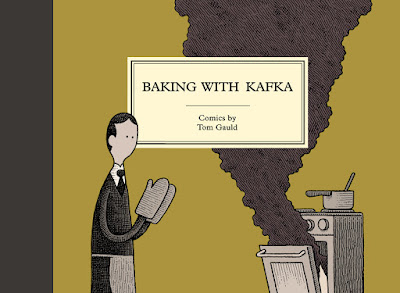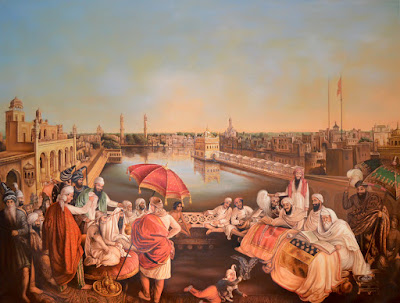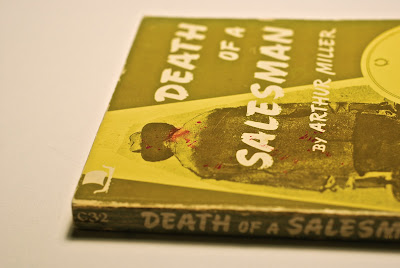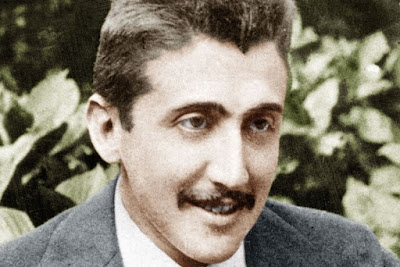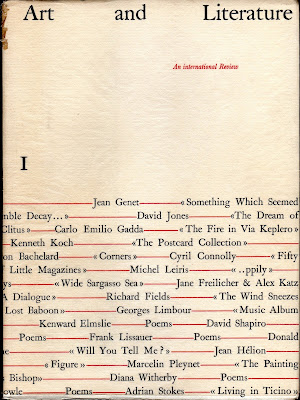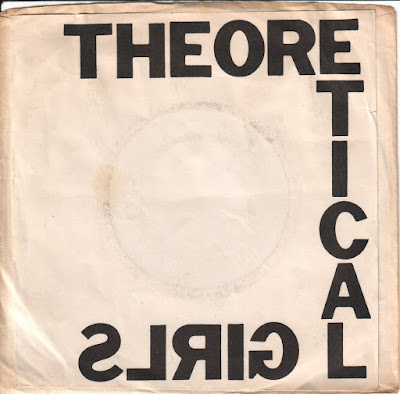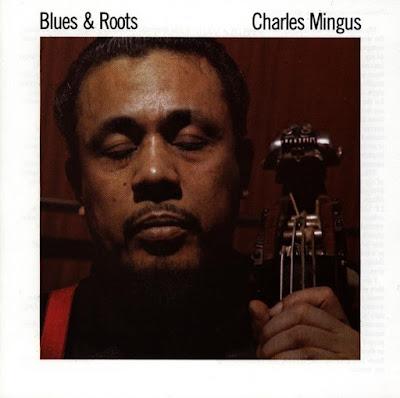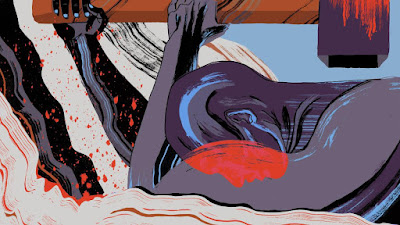
"In the folktale, a powerful black steel-driving man named John Henry challenges the steam drill to a race, beats it, and dies. In some versions, John Henry is almost seven feet tall. In others, he wears fine clothes and commands any price for his work. In our national consciousness, he stands for the common man, beaten by industrialization, but unbowed. Songs about John Henry became popular in the early 20th century. He is a folk hero in all—by resisting either the dehumanizing effects of technology or a racist power structure. His story helped give rise to an iconic American “blues ballad” as well as the 'hammer song:' a rhythmic style which helped synchronize the work of manual laborers on railroads, prison work farms, and logging camps. Each axe or hammer blow rang out in rhythm to the tune, and as the tempo of that industrialized century increased, this would ultimately become the backbeat of rock and roll. ..."
Longreads (Video)
Longreads: ‘We Have Got Tools and We Are Going to Succeed’ (Video)


